Director: Seijun Suzuki
Cast: Tetsuya Watari, Chieko Matsubara, Hideaki Nitani, Tamio Kawaji, Tsuyoshi Yoshida, Ryuji Kita
Running Time: 83 min.
By Kelly Warner
Most film buffs probably know the story of how director Seijun Suzuki was fired by Nikkatsu after producing his 1967 film Branded to Kill, and was then effectively blacklisted from filmmaking after suing his former employers. But the story is more complicated than that. Branded to Kill is a strange film that the studio hated, but it’s not the sole reason for Suzuki’s sacking. Branded to Kill was simply the last straw to break the camel’s back. In his 12 years making films for Nikkatsu, Suzuki directed approximately 40 films for the studio. Most were filmed in under a month’s time and made with a very small budget. Suzuki was given cookie cutter scripts and asked to create simple, enjoyable films at a rapid pace. Suzuki was up for the pace, but eventually he started to assert more creative control over the films he was asked to direct. He changed scripts dramatically and in the years prior to his dismissal he also got increasingly more experimental. To put it simply, the director was coming into his own as an artist, and no B-movie yakuza script was going to hold him back from creating something incredibly inventive and ahead of its time. Nikkatsu repeatedly told the director to tone it down. Instead, Suzuki ratcheted it up to 11 and delivered some of the most singularly artistic genre films of the decade. So, after a series of films they deemed to be incomprehensible and bizarre, culminating with Branded to Kill (the strangest of the bunch), Suzuki was finally given his walking papers.
Made the year prior to Branded to Kill, Tokyo Drifter was meant to capitalize on a popular song and make Nikkatsu’s contract actor Tetsuya Watari into a star. In order to keep Suzuki in line, Nikkatsu cut his budget to the bare minimum. What’s interesting is how Suzuki made the film all that much more surreal as a result of the lack of funds. Action sequences unfold strangely, with characters suddenly in new locations with no branching shots to connect them. It’s occasionally jarring but it’s so much fun you probably won’t notice. Most interesting is the action-packed finale which takes place at one of the film’s central locations, a nightclub. Sometime between the earlier scenes and the finale the nightclub has been stripped bare and painted white, looking a little something like a dance club in Heaven. Ultimately the budget constraints are thrown back into the studio’s face, as it only resulted in a stranger film than it would have been otherwise.
The film’s plot is pretty straightforward stuff but it’s competently written. Tetsu (Tetsuya Watari) is a yakuza who’s trying to go straight along with his former boss. Together they run a popular nightclub, but the club has caught the eye of an unscrupulous gangster who wishes to take the club away from them. A pair of murders committed by both sides leaves the club owners and the yakuza in need of a fall guy. Tetsu steps up to take the fall, says he’ll go on the run. He leaves Tokyo with the cops hot on his trail. But no matter where he goes, Tetsu can’t seem to avoid the rivals from his past or the new enemies that threaten to drag him back into a life of crime.
Tetsuya Watari, who also sings the film’s catchy—if overplayed—theme song, is good as the emotionally distant antihero. Suzuki claims the star had to be literally prodded to recite his lines. With his baby face, he doesn’t exactly register as the tough guy that the crime underworld fears, but you can’t deny he brings a cool sense of style to the film. For much of the movie he’s dressed in a flashy blue suit, sometimes paired with yellow gloves, making him look a bit like he belongs in a comic book. Also fun is Tamio Kawaji, who plays a yakuza that repeatedly fails to kill the hero throughout the movie. Watari and Kawaji’s meetings always result in bloodshed and the villain keeps coming back with more and more bandages covering his body. It’s a standard hitman type character but the director and actor Kawaji make it into something more.
Whereas Branded to Kill was full of strange ideas and characters, Tokyo Drifter showcases Suzuki’s absurdist eye for color and abstract set/costume design. You wouldn’t be wrong if you wanted to call it a ‘pop art film.’ Tokyo Drifter has much more in common with Dick Tracy than Battles Without Honor and Humanity. It’s not until later in his career that Suzuki would combine both his vibrant visual style and his oddball storytelling with films like Zigeunerweisen, which I consider to be his masterpiece.
Tokyo Drifter’s highly enjoyable but it’s not perfect. We get the theme song more often than we would probably like. At one point our hero escapes the bad guys, only to taunt them by singing as he walks off. One of the goons yells, “Damn him and his singing!” To some extent, I agree. We also get some shameless product placement for a hair dryer not once but twice. I think Suzuki tries to play it off as a joke, but it really feels a bit like a commercial that’s interrupting the film. It’s funny but not in the right way.
When the film was turned into the studio before release, they forced Suzuki to change the ending. Originally we were to see our hero walk off with a green moon rising (to signify “peace,” says Suzuki). The studio didn’t get it and instead we get one more moment of Tetsu singing the theme song. We’ll likely never see the original finale. In the end, the studio was none too pleased with the picture. Their reason for making it was to turn Tetsuya Watari into a star, something they think Suzuki failed to do. Clearly Suzuki’s focus was on other things. With Tokyo Drifter he was given a fairly standard plot with a theme song dominating much of the picture, but Suzuki managed to turn it into something bold and new. Tokyo Drifter is not the fever dream masterwork that Branded to Kill was, but it’s an impressive film just the same.
The movie begins with a stark black and white segment shot on spoiled monochrome. The bloody finale takes place on a barren set painted white, with most of the principle cast dressed in white as well. Somewhere in between we get a brawl in a western saloon, a murder that changes a room’s color scheme, a hero who sings more than he speaks, and a chase sequence through a junk yard that is interrupted so that we may see how a car is torched and crushed. Tokyo Drifter is some kind of brilliant.
Kelly Warner’s Rating: 8/10


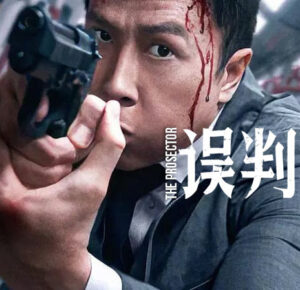

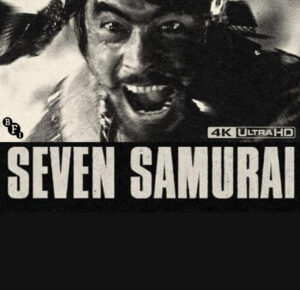
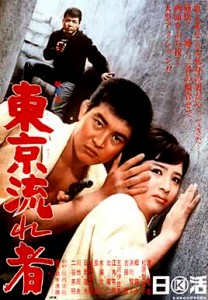
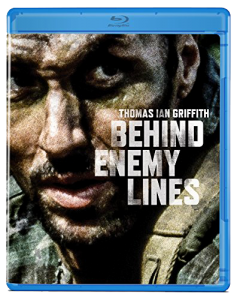
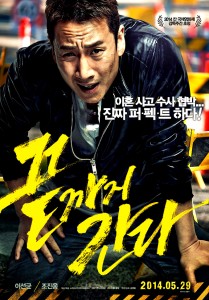
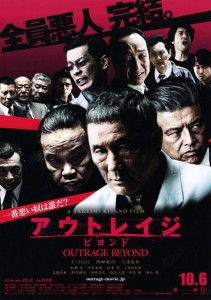

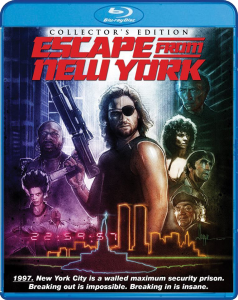
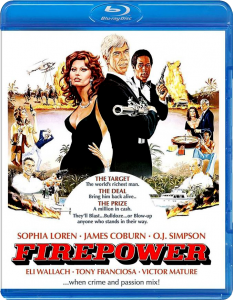
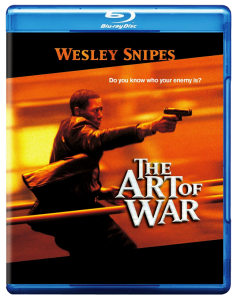
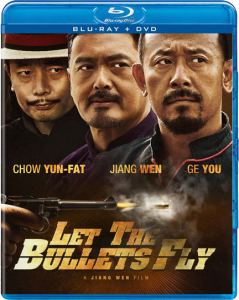

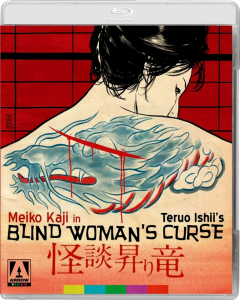
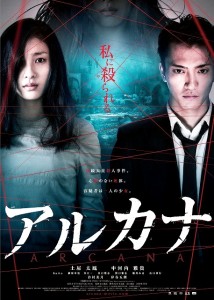
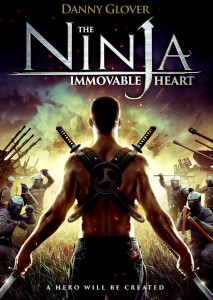
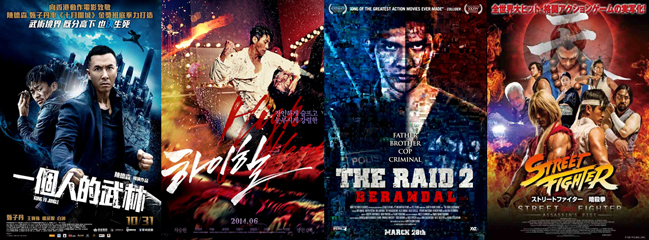








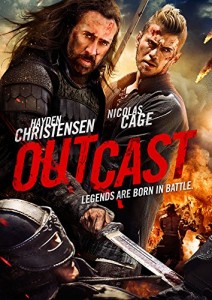



3 Comments